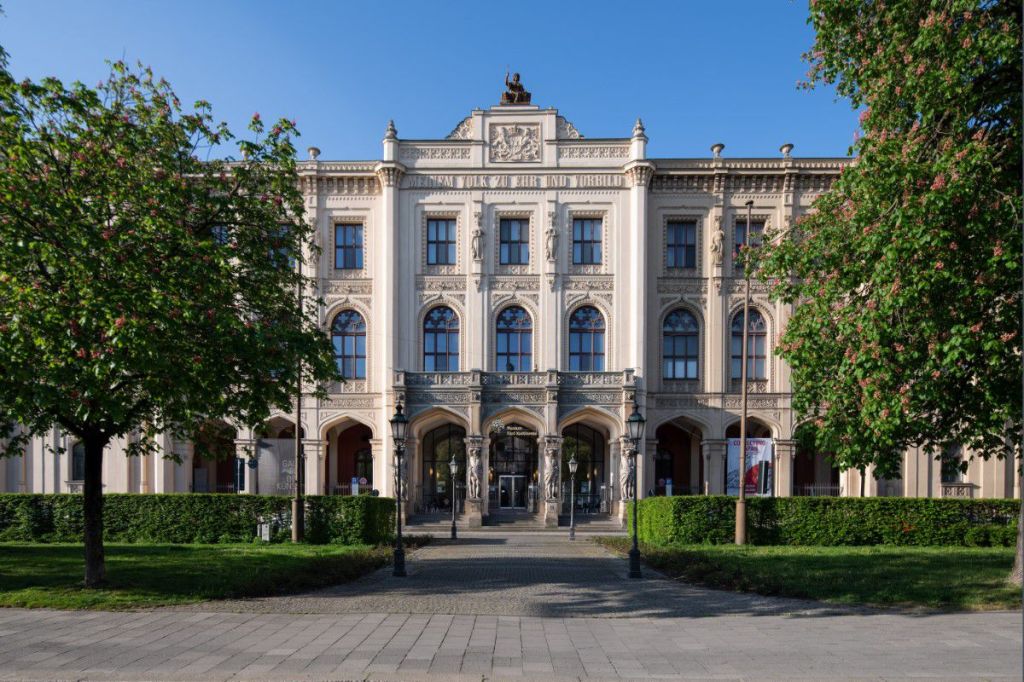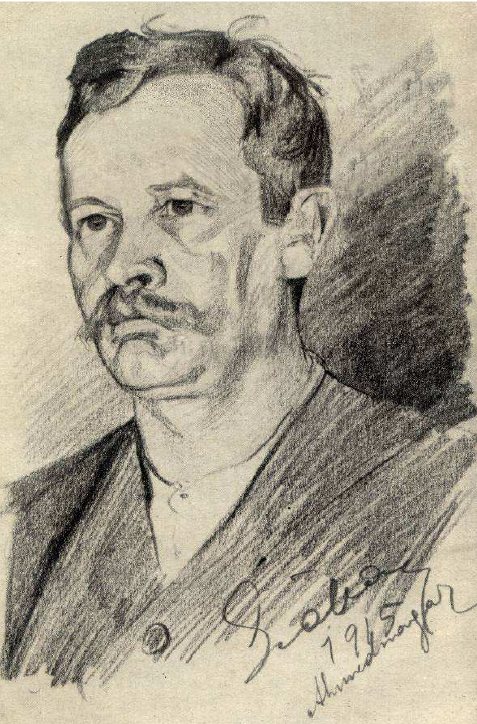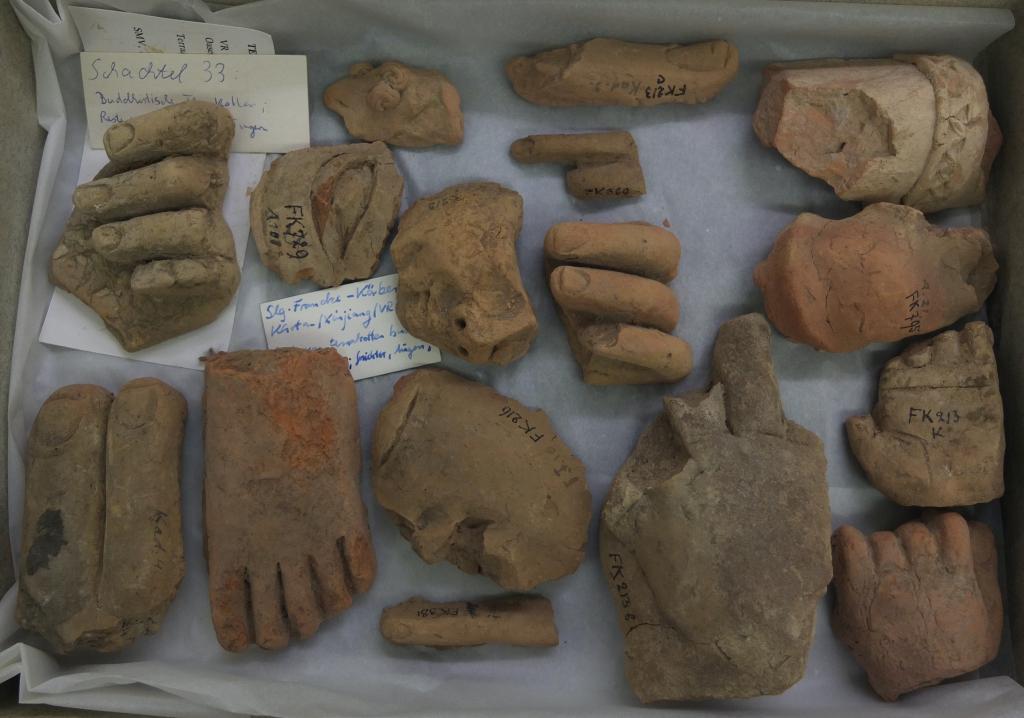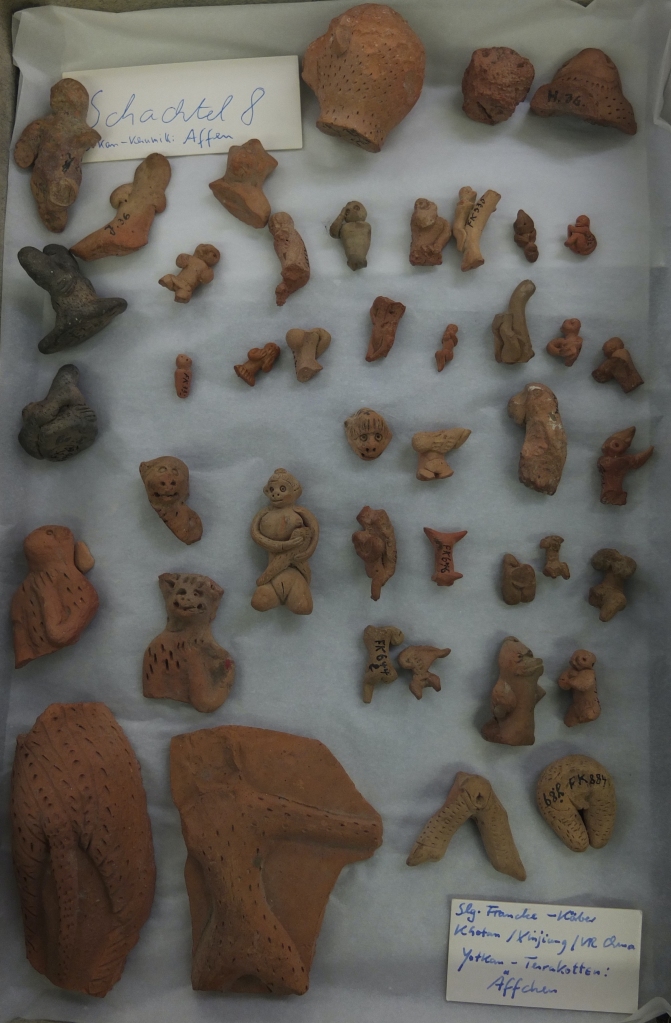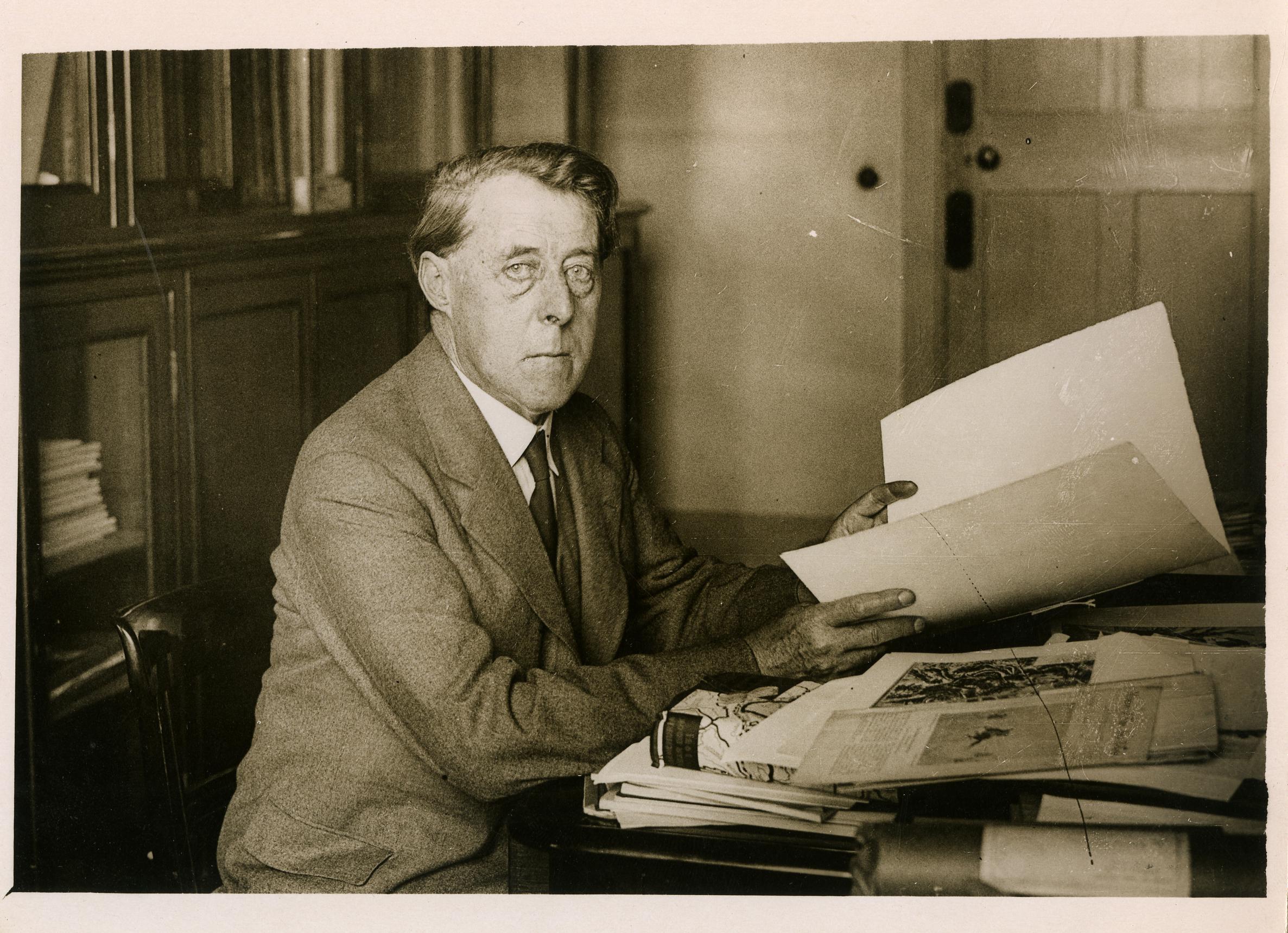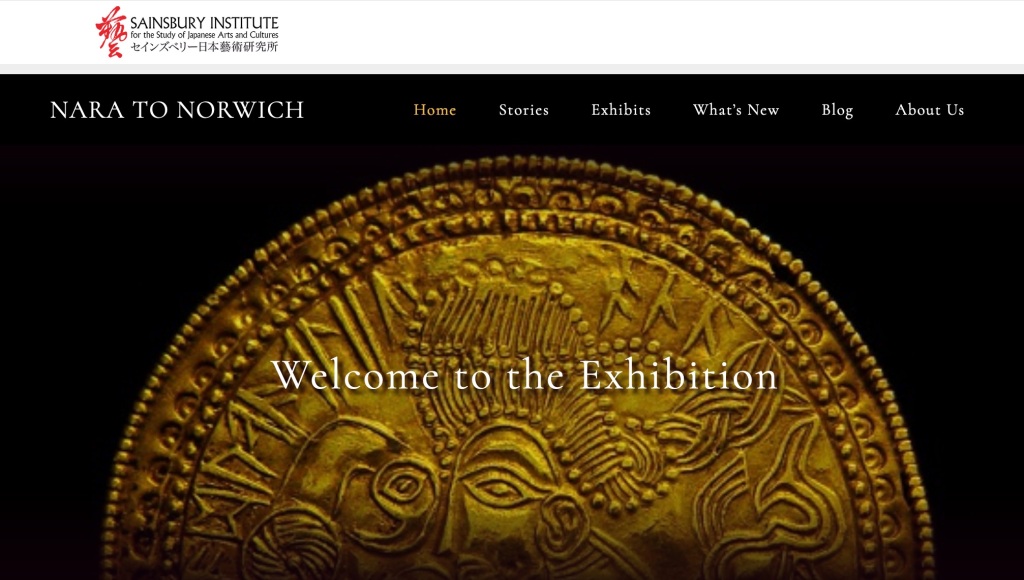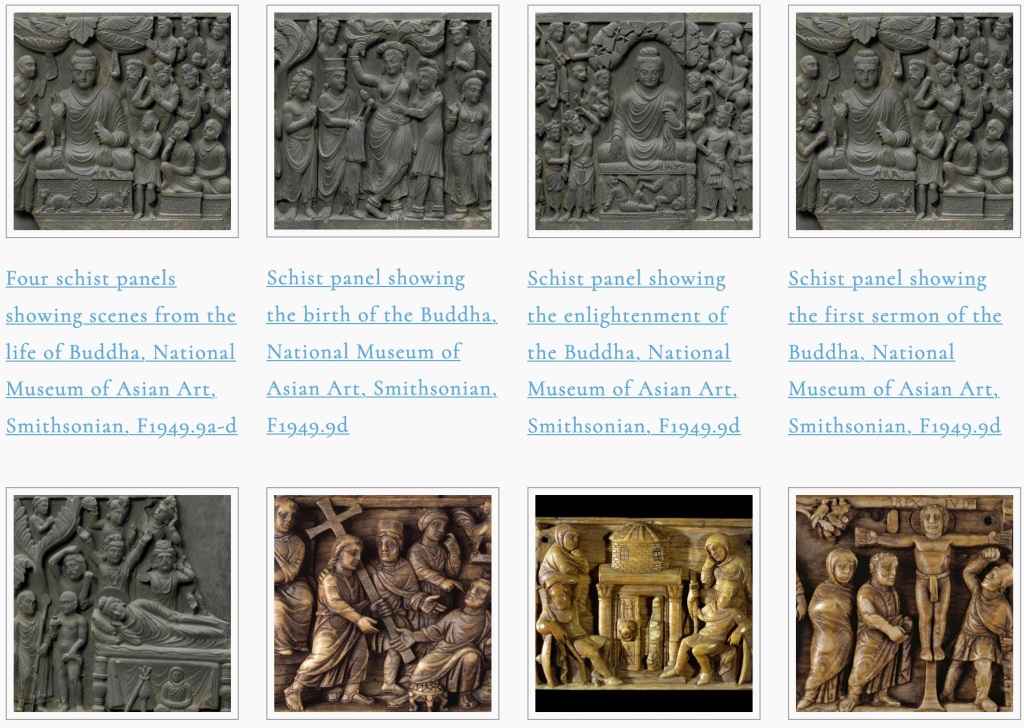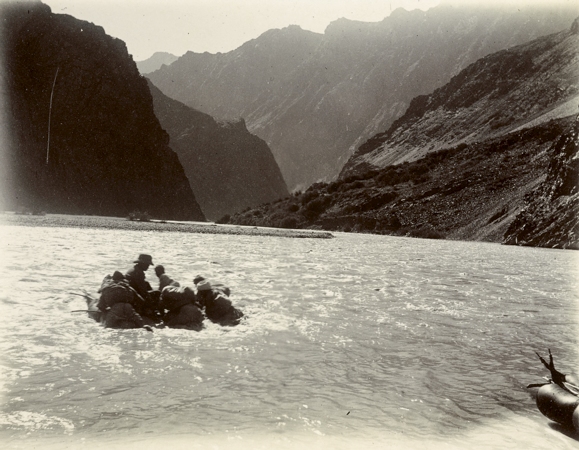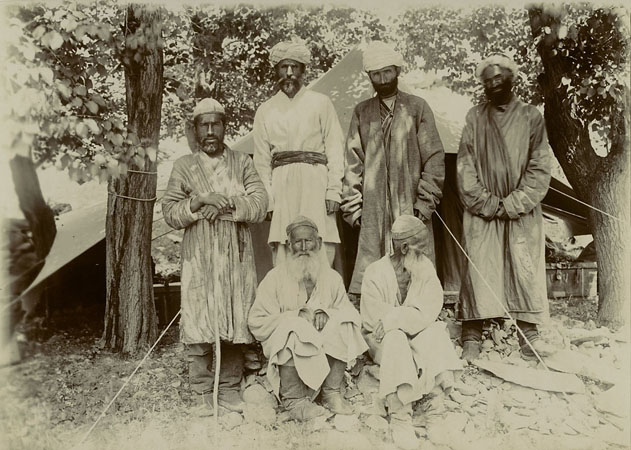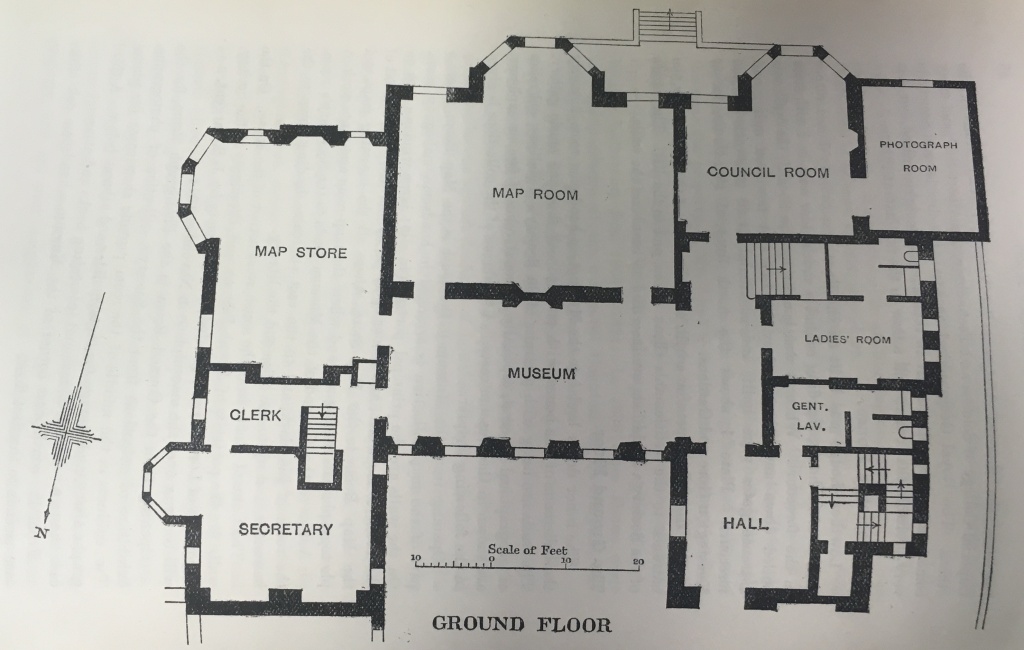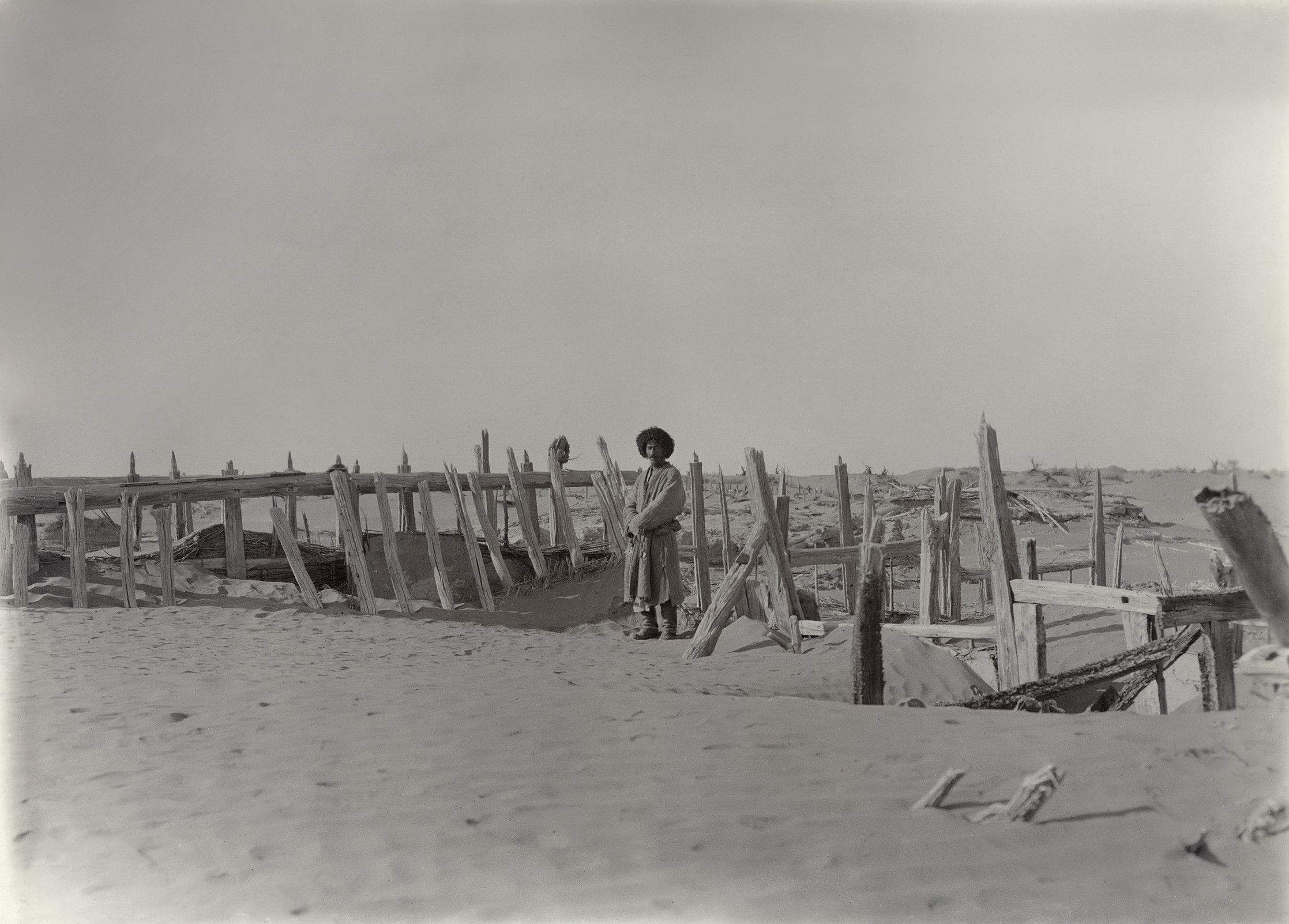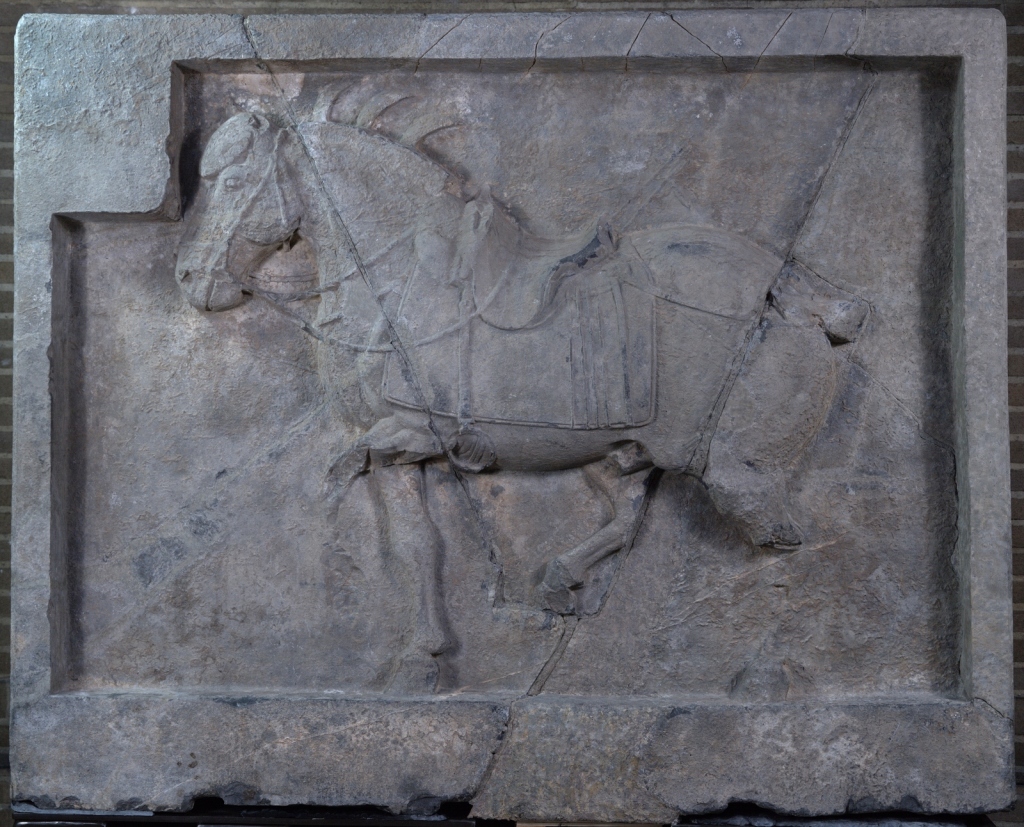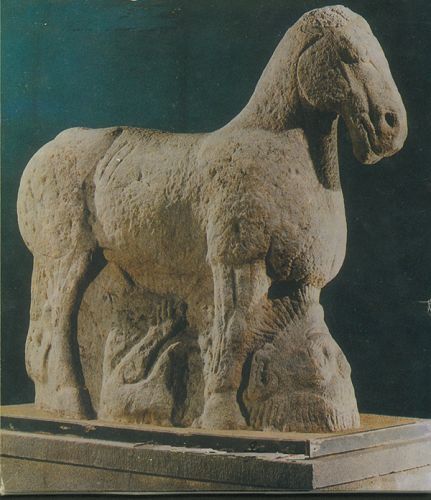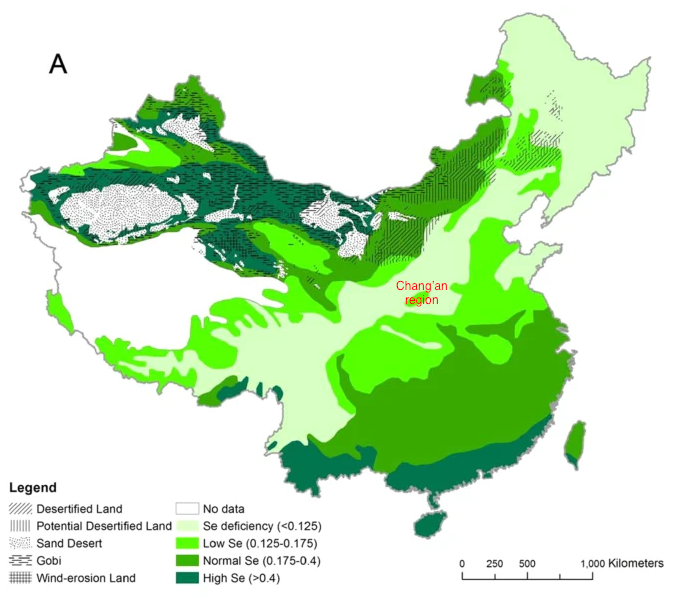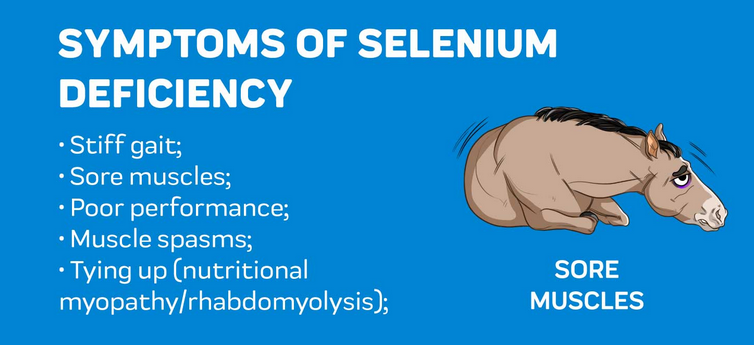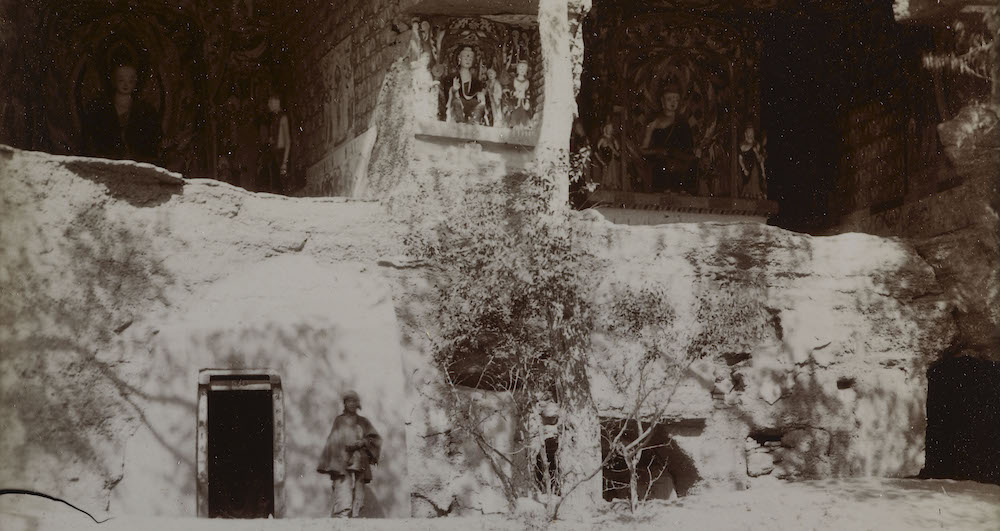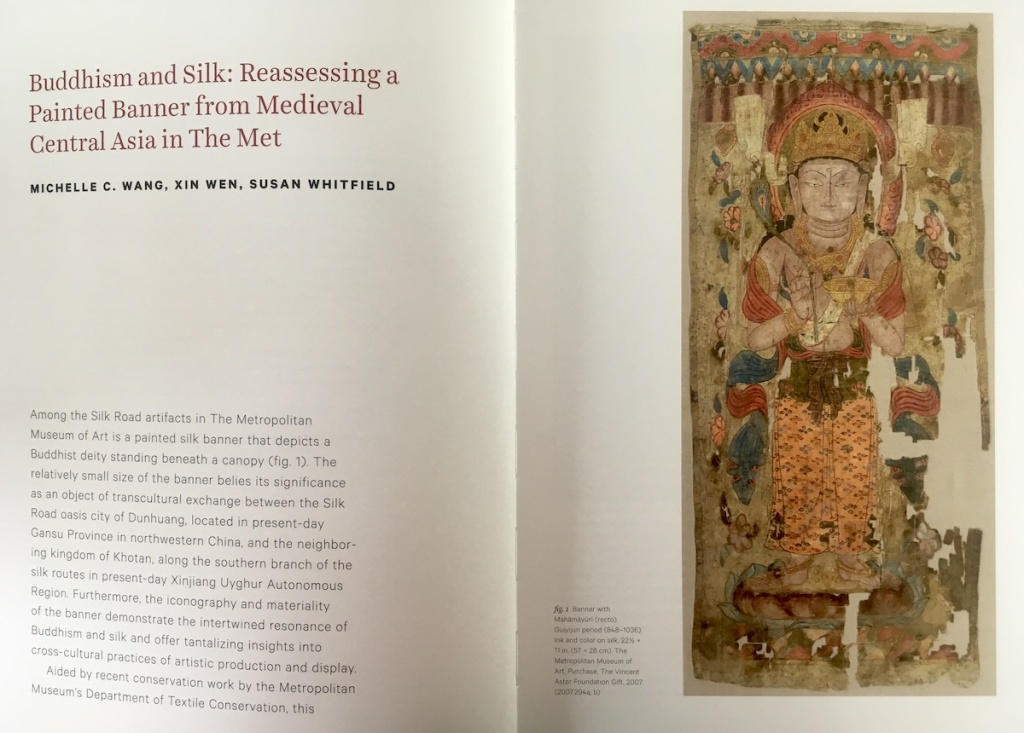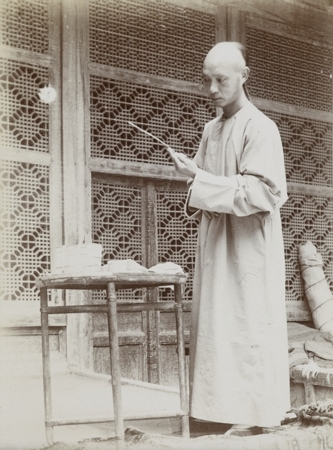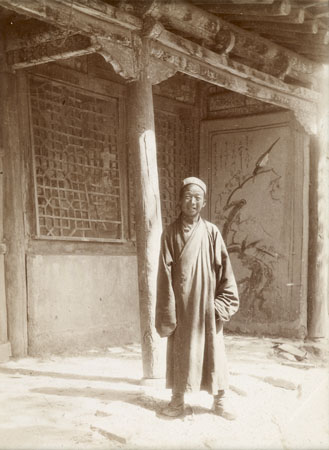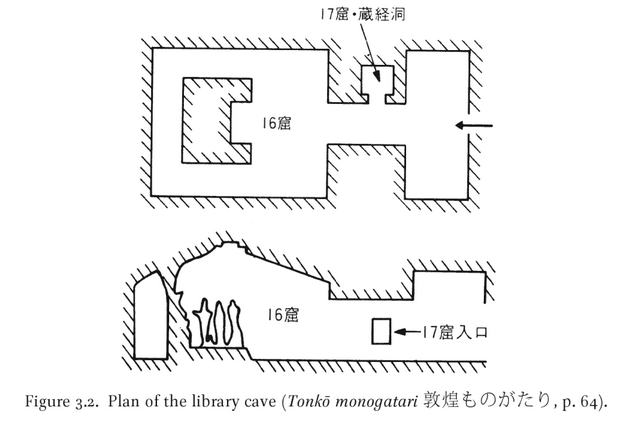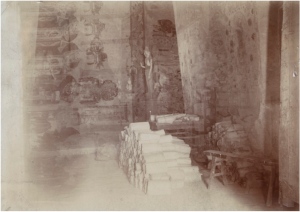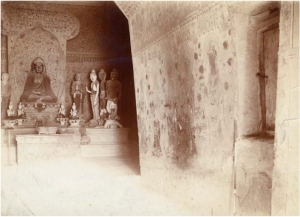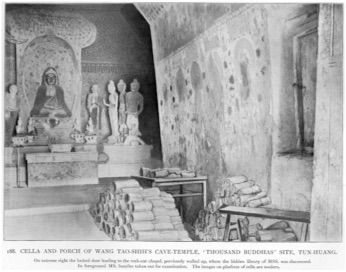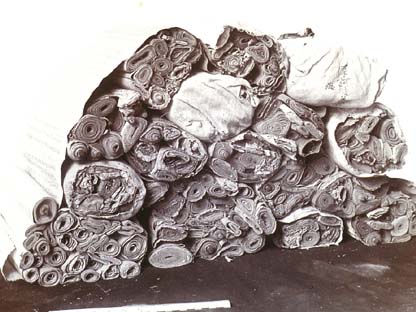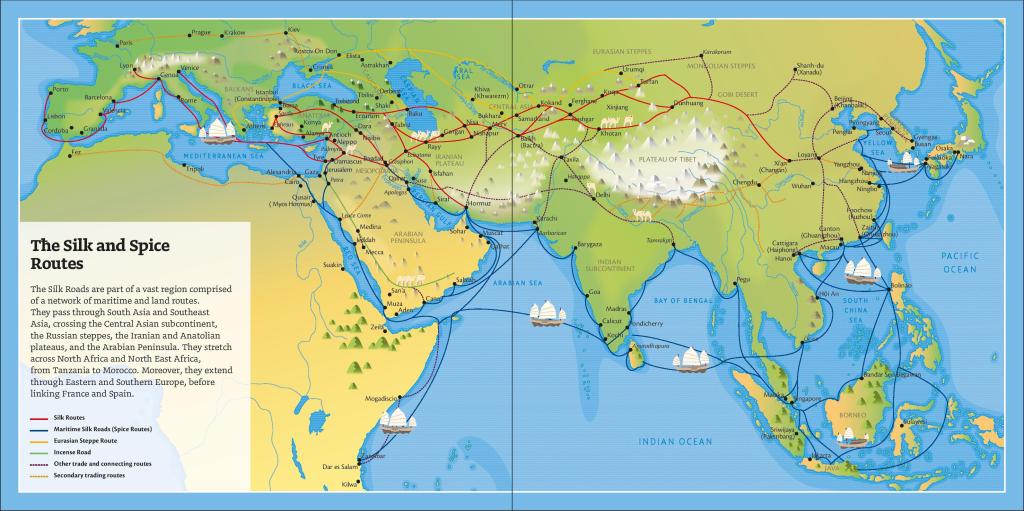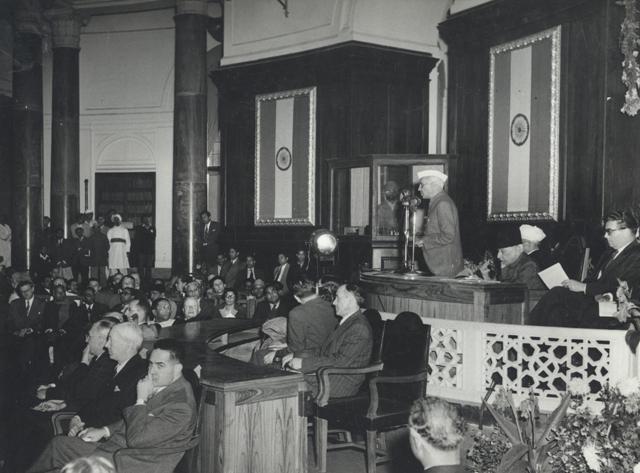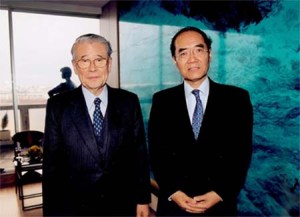
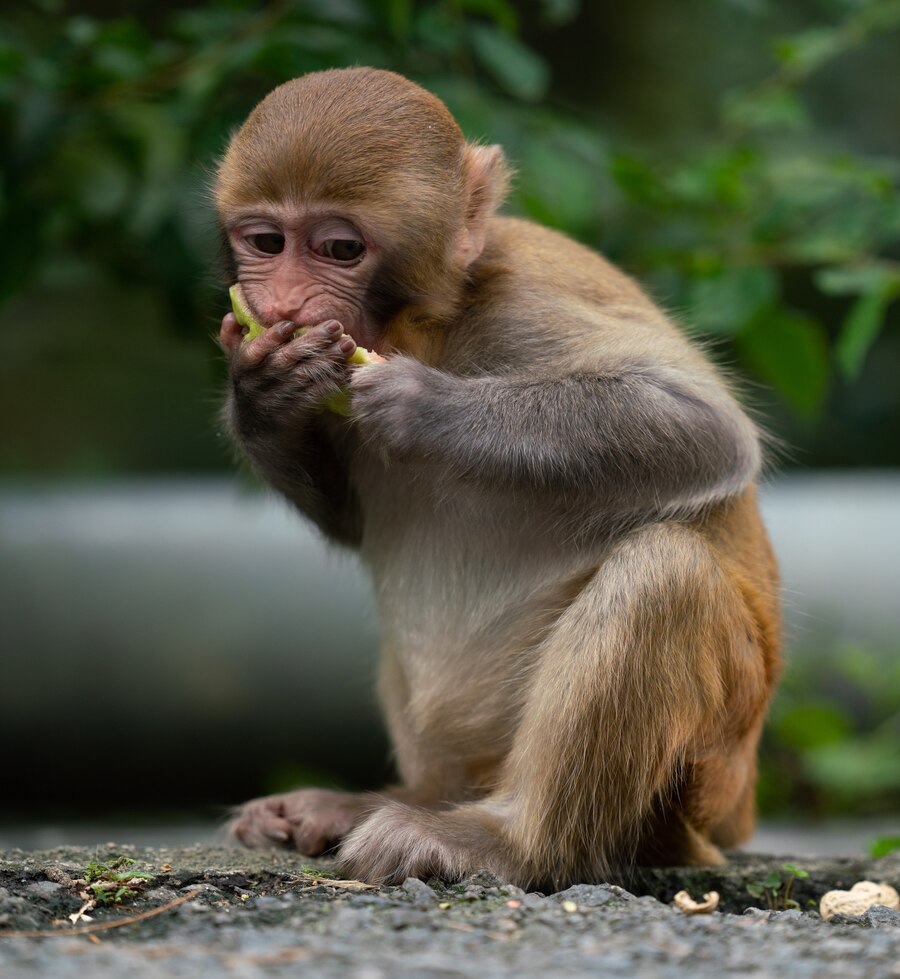
Probably the most numerous and unusual finds from the first millennium Silk Road kingdom of Khotan are small terracotta figurines. And while they include animals—such as the Bactrian camel and horse—that would have been familiar travellers on the Silk Road in this Taklamakan kingdom, the most plentiful are monkeys, distant strangers to this desert oasis. Since I first included some of these figurines in my 2004 exhibition, ‘The Silk Road: Trade, Travel, War and Faith’, I have wondered about why and by whom they were modelled.1 Following conversations with colleagues at the Museum of Ethnography in Stockholm during a research visit in 2022 and, more recently, reading of archaeological finds in Afghanistan and elsewhere, I came to believe it is a reasonable assumption that monkeys were actual visitors to Khotan, both travelling as companions to merchants as depicted on contemporary models (see below), but also brought as merchandise to sell to the locals as pets. After attending the opening of a small exhibition curated by Dr Yogesh Mallinathapur of the reserve collection of Stein terracottas at the National Museum of India (see below) and discussions with curators and scholars there, I decided to explore this argument further, hence this short blog post.
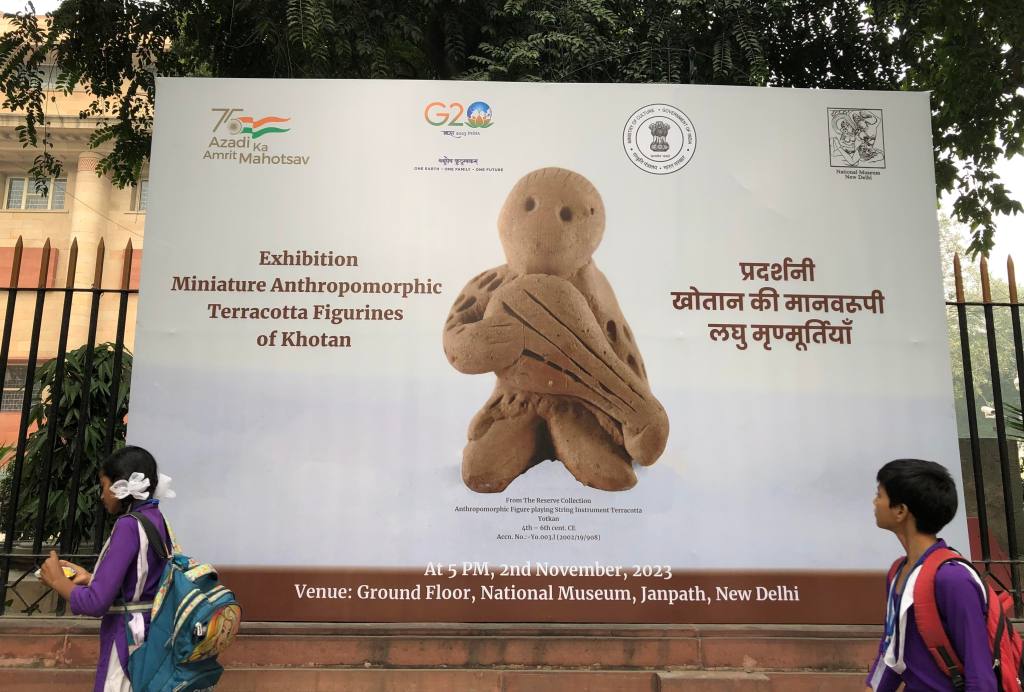
Although fairly crude, there is no ambiguity about identification of these models as monkeys. As well as the obvious facial characteristics, most have medium-length tails and their fur is suggested with the incised lines. These clearly resemble the rhesus macaque (Macaca mulata), the most widespread of the Eurasian monkeys, as pictured above. The northern range of this monkey is from Afghanistan in the west, skirting the southern Himalayan foothills through Nepal and southern Tibet to the mountaineous borders of the north China plains and as far east as the Pacific. This species has a short tail but there are several other species in the region, known commonly as as stump-tail macaque, which, as their name suggests, have very short or no tails, and these are also depicted in some of the terracotta models I have seen.
Monkeys in south Asia
Monkeys were very much part of the earliest myths and religions of south Asia long predating the Silk Roads. For example, the monkey appears as a divine being in the Rigveda, and then notably with Hanuman taking on various roles in the Ramayana. Numerous terracotta figurines have been found at the various archaeological sites of the Indus Valley Culture (2400–1750 BC), such as Mohenjo-Daro and Chanhuyin Jo Daro [Chanhudaro].2 Mark Kenoyer identifies them as the short-tailed rhesus maccque:
‘Figurines of monkeys were were made of terracotta or glazed faience depicting one or more monkeys in various amorous or acrobatic poses. All the monkey figurines are of the short-tailed rhesus or macaque species, but the long-tailed langurs would have been known to the Indus people living in Gujarat and the northern Punjab, because this species is quite common throughout these regions today. The fact that they did not make any figures of the long-tailed monkeys is quite intriguing, and it is also odd that no monkeys are illustrated on the seals or narrative tablets. The Harappan bias against depicting monkeys in glyptic art is one of the more important differences with later Hindu art, where monkeys are a common motif and the long-tailed langur is directly associated with the deity Hanuman.’3
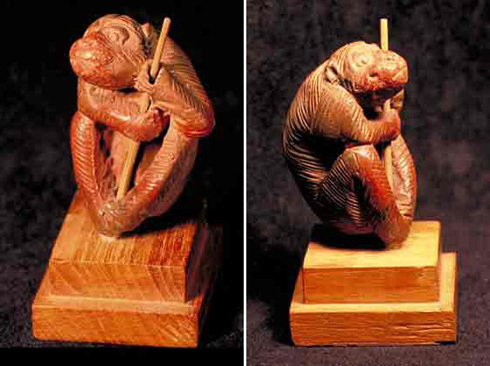
The monkey’s role in south Asian literature and art continued into Buddhism. One of the most famous stories of the historical Buddha in his former incarnations, the Mahakapi Jataka, tells of the Buddha as a monkey king. In one episode he makes a bridge across a river by stretching his body between two trees thereby allowing his monkey subjects to escape from battle. This episode is commonly depicted, such as on the west gateway of stupa I at Sanchi, dating from c.50 BC.
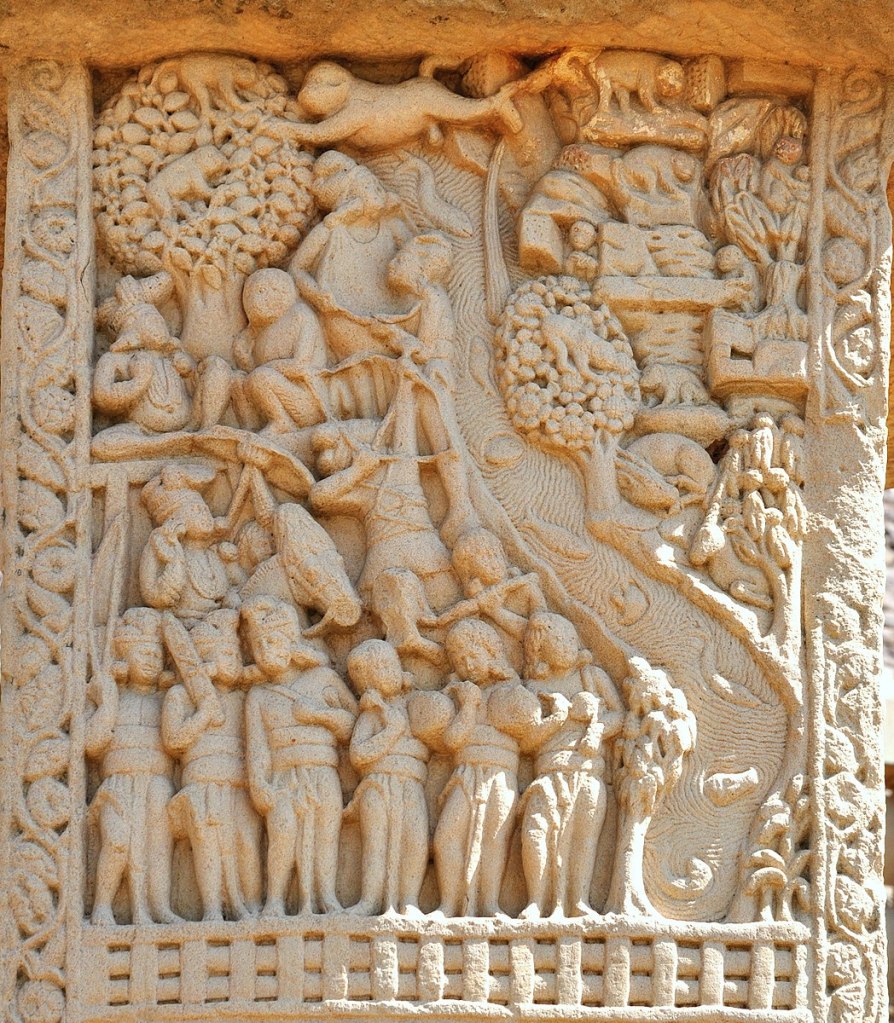
Monkeys in east Asia
Both the gibbon and macaque appear in early literature and art of east Asia, surveyed by van Gulik. As he notes, although ‘monkeys were common in the southern and southwestern parts of this region, the monkey does become an important or common character in the arts and literatures of the cultures of China until after Buddhism is introduced.’4 Prior to this, the main extant references occur in Chuci, an anthology of poems from the Chu state in the southwest, bordering southeast Asia, where monkeys were prevalent.5
Two of the few known early depictions of a monkey from a Chinese context are pictured below: namely a wooden model dating from the Eastern Han (25–220) excavated at Wuwei on the route between central Asia—including Khotan—and the capital of the Eastern Han, Chang’an (Xian), and a belt hook from the same period, provenance unknown.
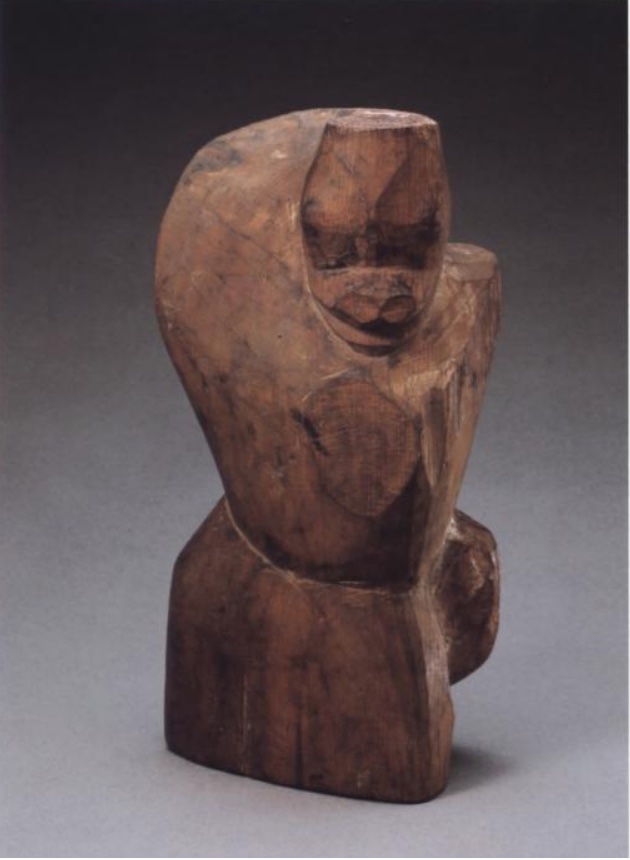
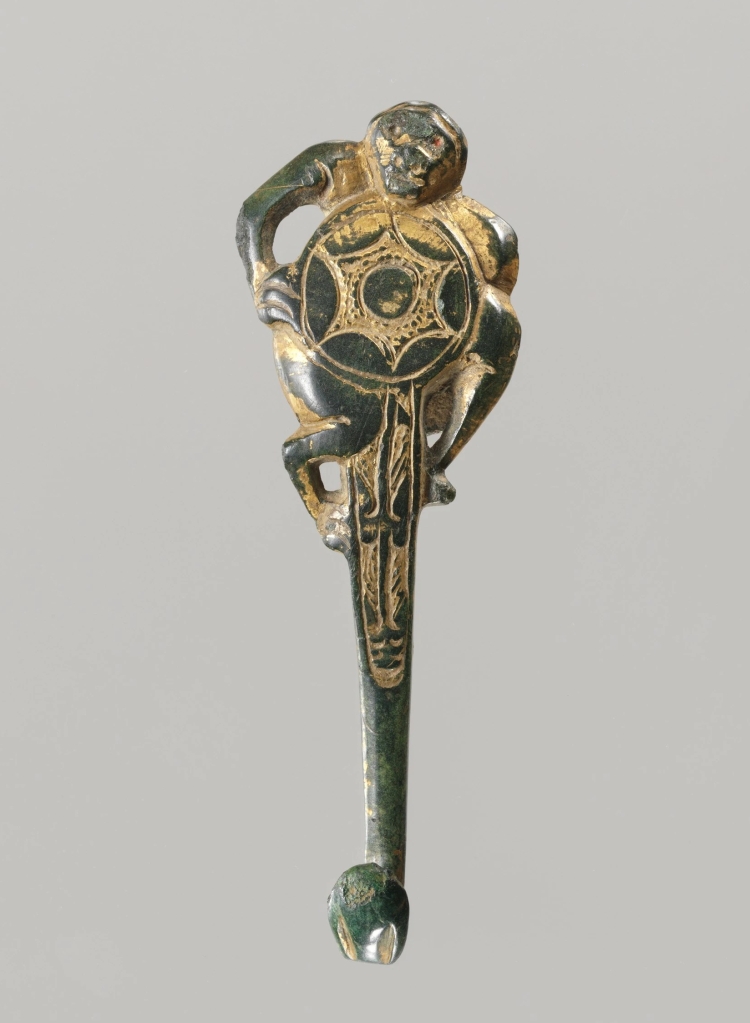
After Buddhism became prevalent in China, the macaque, in the words of van Gulik ‘became the popular image of human restless curiosity, and also of human inconstancy and trickery… [absorbing] all the rich Indian monkey-lore, introduced into China together with Buddhism.‘6 These characteristics were exemplified by the most famous monkey character in the cultures of China, namely Sun Wukong, fictional companion to the pilgrim-monk, Xuanzang.7 But the monkeys in Khotan predate his appearance.
Monkeys in the Taklamakan
The depiction of monkeys in Buddhist art spread to the Taklamakan kingdoms in the first millenium AD, with paintings of the Mahakapi Jataka at the rock-cut temples of Kucha.
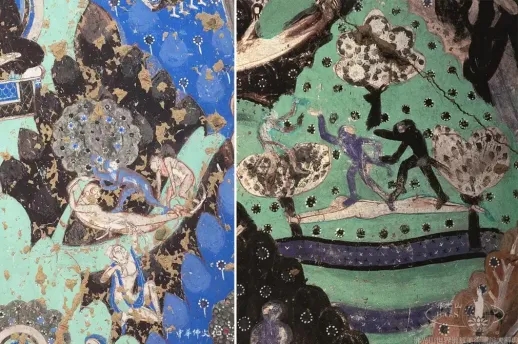
The monkey also appears as one of the animals in the 12-year calendar-cycle, often referred to as the animal zodiac. This is found across the Silk Roads described in texts in Sanskrit, Sogdian, Gandhari, Tibetan and Chinese, and almost certainly had a common source. It is also found in Khotan. An early 9th century Khotanese manuscript (The British Library, Or.11252/1) describes the charactertistics of those born in the various years, including the year of the monkey:
‘He will have to stay in a land far away and he will have many sons. …He will have many servants and horses’8
But the monkey figurines probably predate both these and are not found in any of the other Taklamakan kingdoms. As several scholars have noted, there are however, precedents elsewhere.
Terracotta monkey figurines
Terracotta figurines are found in many early cultures across Eurasia, but the closest precedent to the monkeys of Khotan comes from earlier cultures to its west, including the Indus Valley civilisation and Bactria.9 Mark Kenoyer describes the former:
‘Figurines of monkeys were were made of terracotta or glazed faience depicting one or more monkeys in various amorous or acrobatic poses. All the monkey figurines are of the short-tailed rhesus or macaque species, but the long-tailed langurs would have been known to the Indus people living in Gujarat and the northern Punjab, because this species is quite common throughout these regions today. The fact that they did not make any figures of the long-tailed monkeys is quite intriguing, and it is also odd that no monkeys are illustrated on the seals or narrative tablets. The Harappan bias against depicting monkeys in glyptic art is one of the more important differences with later Hindu art, where monkeys are a common motif and the long-tailed langur is directly associated with the deity Hanuman.’10
However, monkeys are only one of the many animals depicted, and by no means the most common. While at Khotan we also see horses and camels, the monkey figurines well outnumber them.
The amorous poses noted by Kenoyer are also common in the Khotan examples, although moving beyond the amorous to the sexual. The point about the lack of seals in interesting, as among the Khotan finds was a garnet seal clearly depicting a monkey. The garnet would have been sourced in south Asia: many garnet seals are found as discussed by Adams et al. (2011).11 But the monkey is, as far as I know, unusual.
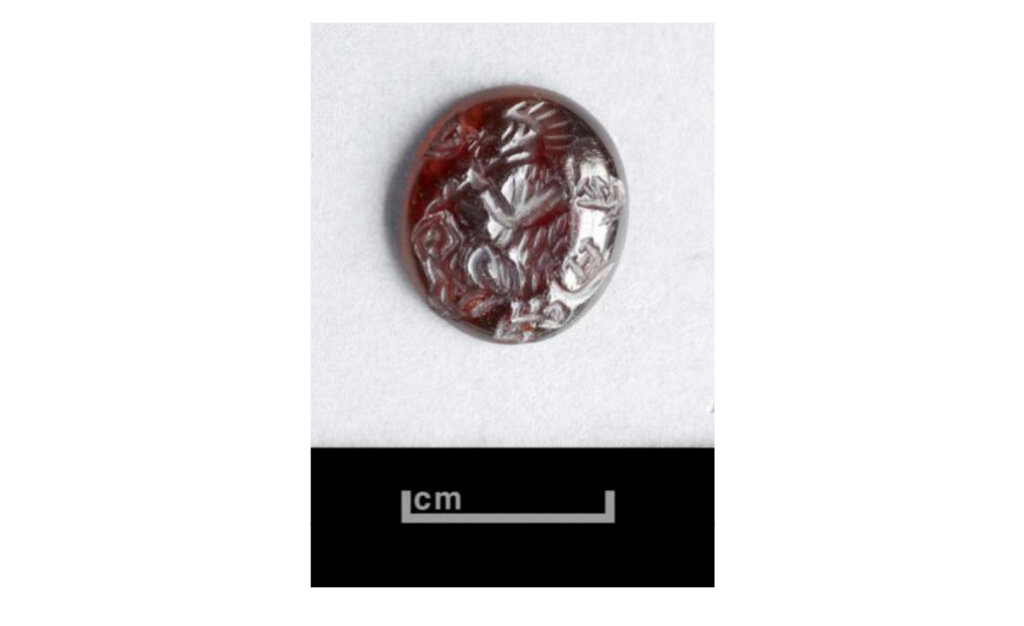
There is also at least one find of a tiny monkey figurine in gold from Yotkan (The British Museum, Y.004).
While the stories and images in Kucha and elsewhere in the Taklamakan could be explained by transmission of Buddhist art and artists from outside, and/or artists local copying models from Gandhara, the range of the terracotta models in Khotan clearly suggest an acquaintance with actual monkeys. So how did monkeys travel to Khotan?
Monkey Travellers on the Silk Roads
As mentioned above, some of the models showing camels laden with goods also have a monkey passenger, as pictured below. It is probable that merchants took them as companions for the long journey.
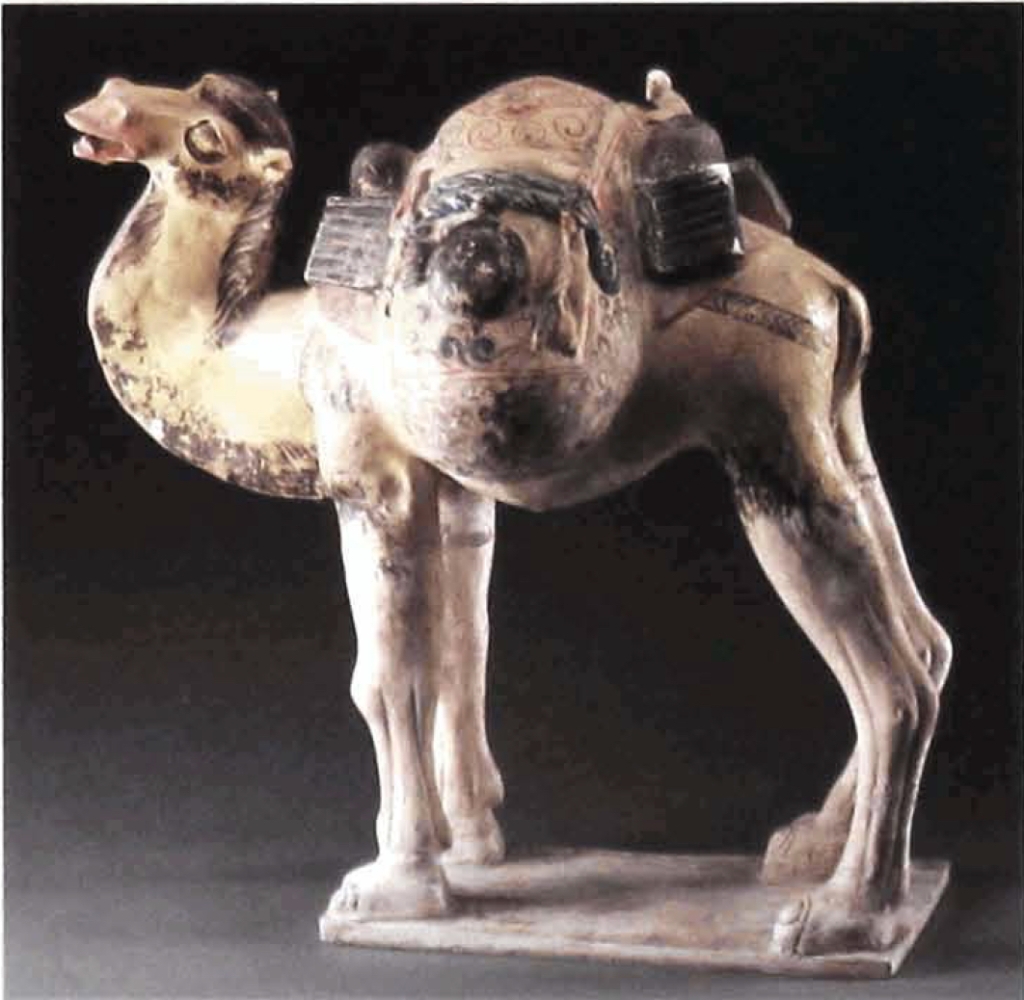
Found in the tomb of Zhang Rentai (d.664) near Xian, Tang China. Shaanxi History Museum, Xian, 96.36.
But it is also possible that they were taken as merchandise: to be sold as pets.
Monkeys as pets are found in many cultures. Kenoyer suggests this role in the Indus valley to explain the terracotta models: ‘Pet monkeys were also probably a common sight in the bazaars or neighborhood markets.’ And two recent archaeological finds confirm this hypothesis, not only in central Asia, but also Egypt.
The central Asian find was on the Iranian side of the border with Afghanistan and from a grave dating in a human cemetery dating to 2800–2200 BC. A young rhesus macaque was buried in a single pit, the same as human children nearby, and the pit contained the same sort of pottery, suggesting that it was a valued pet.12 The Egyptian example is of a pet cemetery at the Red Sea port of Berenice, and date to the early years of the Silk Roads when the port regularly was visited by ships from India. The cemetery contains graves of carefully arranged rhesus macaque, and possibly other species.13
The hypothesis about pet monkeys in Khotan could be best confirmed by similar graves in Khotan. Sadly, the inundation of much of the area populated in the first millennium and the 20th-century digging for treasure, has seriously compromised most of the potential for archaeological finds. The finds, such as they are, have come from locals and others. There is no provenance and, given the material, little possibility of dating.
But even if this is verified, the question remains — why Khotan? Why do we not see similar monkey figurines elsewhere in the Tarim? One factor might be the close relationship that Khotan had with the Kushan kingdom, some scholars even suggesting that it was under their jurisdiction for some time. Angela Bellia, who has studied the various musical instruments shown being played by some of the models, argues that: ‘most of the musical instruments these protagonists handle, particularly the short-necked lute and certain types of drums, are characteristic not of the Indian, but the Gandharan musical repertoire disseminated throughout the Kushan empire.’14 It was probably also during this period that Buddhism was introduced to Khotan with its monkey stories and images, providing the environment for pet monkeys. This is speculative, but I will be exploring the relationship between Khotan and Kushan in a forthcoming article.
Acknowledgments
The research visits to Sweden and India were enabled by a Leverhulme Emeritus Fellowship.
Thanks to colleagues worldwide, and particularly in Stockholm, for discussion and ideas on this.
NOTES
- The catalogue of this exhibition is now freely available at the Internet Archive: https://archive.org/details/2004-the-silk-road-trade-travel-war-and-faith/page/14/mode/2up. The Khotan monkey exhibits are shown on p. (cats. ).
- [https://www.academia.edu/97482143/Terracotta_Animal_Figurines_in_the_Northern_Part_of_South_Asia_Socio_cultural_Representations_of_Animals]
- Jonathan Mark Kenoyer, Ancient Cities of the Indus Valley Civilization, p. 131.
- van Gulik, R. H. 1967. The Gibbon in China: An Essay in Chinese Animal Lore. Leiden: E. J. Brill.
- Sukhu, Gopal. “9. Monkeys, Shamans, Emperors, and Poets: The Chuci and Images of Chu during the Han Dynasty”. Defining Chu: Image and Reality in Ancient China, edited by Constance A. Cook and John S. Major, Honolulu: University of Hawaii Press, 1999, pp. 145-166. https://doi.org/10.1515/9780824862169-011
- van Gulik, 1967: Preface.
- For a useful blog post on this, which includes a post on the images below, see [https://journeytothewestresearch.com/tag/the-story-of-how-tripitaka-of-the-great-tang-procures-the-scriptures/]
- In Whitfield and Sims-Williams 2004, op cit (fn.1), p.235, cat.165.
- see, for example, https://archeologie.kreas.ff.cuni.cz/en/finding/terracotta-monkey-head/.
- Jonathan Mark Kenoyer, Ancient Cities of the Indus Valley Civilization, p. 131.
- N. Adams, C. Lüle, E. Passmore with H. Falk and N. Sims-Williams in ‘Gems of Heaven’: Recent Research on Engraved Gemstones in Late Antiquity, AD 200-600′ (C. Entwistle and N. Adams, eds). BM Research Publication 179, London, 2011, 25-38.
- https://www.nature.com/articles/d41586-019-00889-1
- https://www.smithsonianmag.com/smart-news/monkeys-found-buried-2000-year-old-egyptian-pet-cemetery-180975667/
- https://www.academia.edu/10815388/CONFERENCE_ON_ARCHAEOMUSICOLOGY_Gabriela_Currie_University_of_Minnesota_Twin_Cities_The_Monkeys_of_Yotkan_and_Their_Musical_Instruments_Iconographical_Explorations


